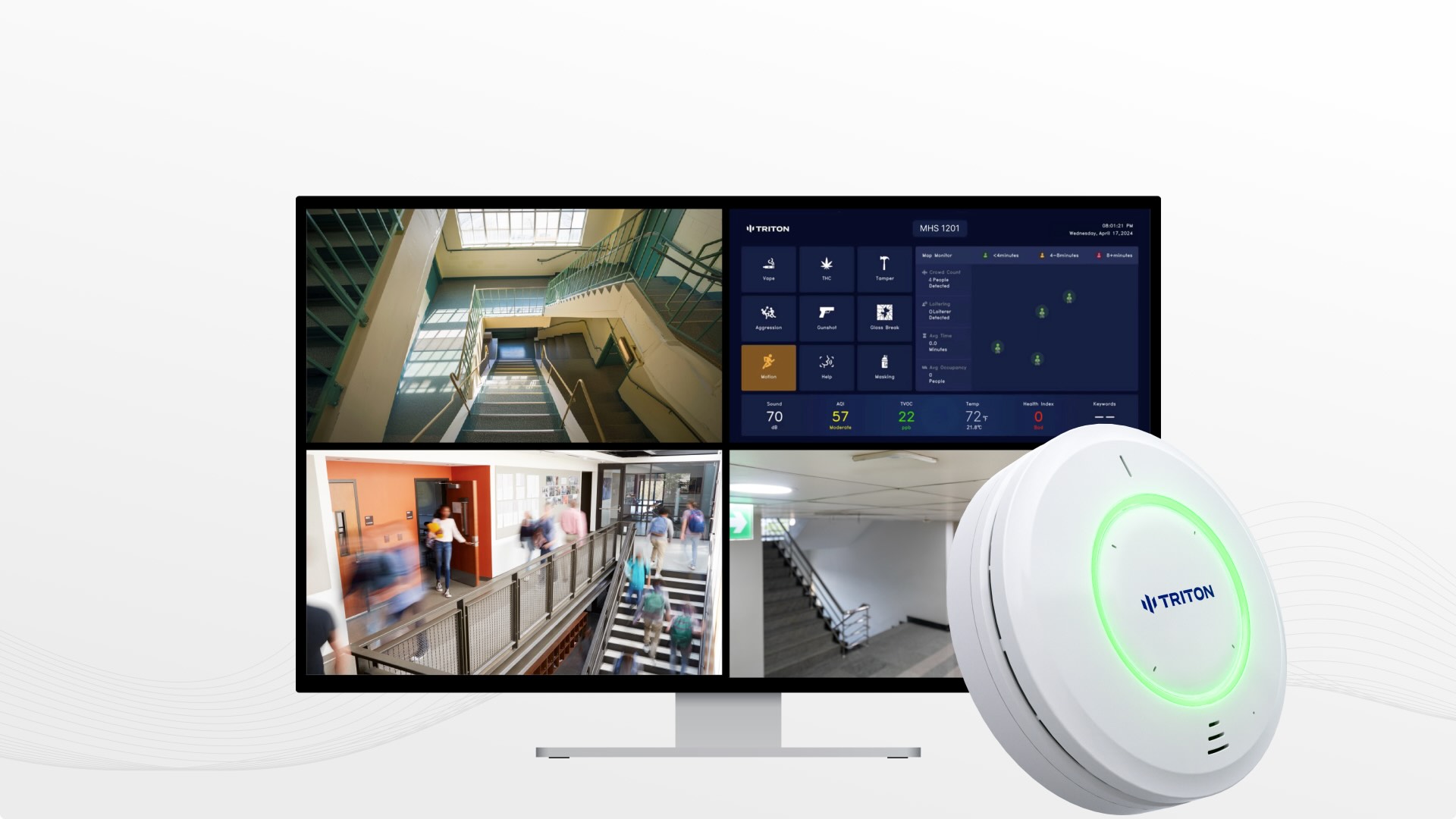Vaping used to be a major issue at schools. Students would sneak in bathrooms between classes and inhale flavor nicotine vapors and THC. Administrators and teachers were left powerless until districts turned to the latest line of defense and that was the vape detection.
Today, schools across the country are reporting significant success stories and demonstrating how transformative this technology can be in fighting the vaping crisis.
A Case Study: Reducing Vaping by 83% within 10 weeks
Luling Independent Schools District faced the most serious issue of vaping. Despite multiple warnings and tighter regulations, students were still able to vape in bathrooms and locker rooms. Smoke alarms are useless in the case of vapor and staff simply cannot be everywhere at the same time.

To test the system to test the vape detectors on schools in March. The results were astonishing. In just five weeks, the incidence of vaping had decreased noticeably. In the last ten weeks, vaping had fallen by 83%..
The success of administrators did not stop at numbers. Teachers reported less disruptions and students realized that vaping could not be a secret.
Match Charter Schools also enjoy similar successes
Another excellent example is the Match Charter Schools, which struggled with both high school and middle school smoking. When they put up a set of smoke detectors for vapes in August, their impact was evident immediately.
Administrators reported that the number of vaping incidents per week were down by 80 percent in December. Parents were elated at their school for taking concrete measures to safeguard children. Teachers also reported that there was a reduction in hallways with loiterers, and bathrooms crowded.
The two districts listed above reflect the growing trend The schools that use vape detection are reporting tangible improvements in their behaviour and overall safety.
What is it that makes vape detectors so Effective?
The technology that is behind these results is what allows them to be achieved. Modern vape detectors don’t just sense vapor; it also tracks air quality, monitors occupancy, and sends real-time alerts to staff. Administrators no longer need to rely on guesswork, or reports made up of data that was gathered after the fact.
And, most importantly the fact that detectors have been designed with privacy in mind. No cameras. No audio recording. Simply accurate, instant information that allows schools to act swiftly without violating student rights.
This combination of effectiveness and compliance make vape detectors among the most practical safeguards that schools can implement now.
Beyond Vaping: A Broader Safety Net
Many administrators are aware detectors aren’t only for vaping prevention. Advanced systems can detect loud sounds keywords, triggers tied to emergency situations, or even vandalism attempts.
For example when a group of students starts lingering in bathrooms the detector could flag an unusually high occupancy. If someone shouts distress words such as “help,” staff can be immediately alerted. Vape detectors at schools could be part of a larger strategy to combat both dangers to health and violence.
Why Boards and parents support Vape Detectors
Transparency is a benefit which is often ignored. Schools using detectors may produce reports that clearly reveal trends in vaping activity. The reports are shared with parents, school boards and the general public to demonstrate that actionable steps were taken.
Parents are receptive, particularly when they observe tangible outcomes. A vape smoke detector isn’t just catching students it’s protecting their health and reinforcing the message that vaping has no place in schools.
The Recommendation The Takeaway: A Tested Path to Success
The past few years, vaping was thought as if it was a war in the shadows that schools couldn’t take on. However, studies of districts across the United States prove otherwise. Administrators can spot dangers and stop risky behaviors immediately using a vape detector. This helps create a safer environment for students.
Vaping is still a concern but it’s evolving. Vape detection technology isn’t just an attempt to solve a problem, it’s an opportunity for schools take the lead in creating better health for their students.
Conclusion
Schools in Texas and Massachusetts are proving that technology works. A modern vape detector does more than sound an alarm. It transforms behavior and builds trust. It offers a long-lasting solution to one of the most pressing health issues for students. Vape detectors have become a norm in any school which is concerned about safety.